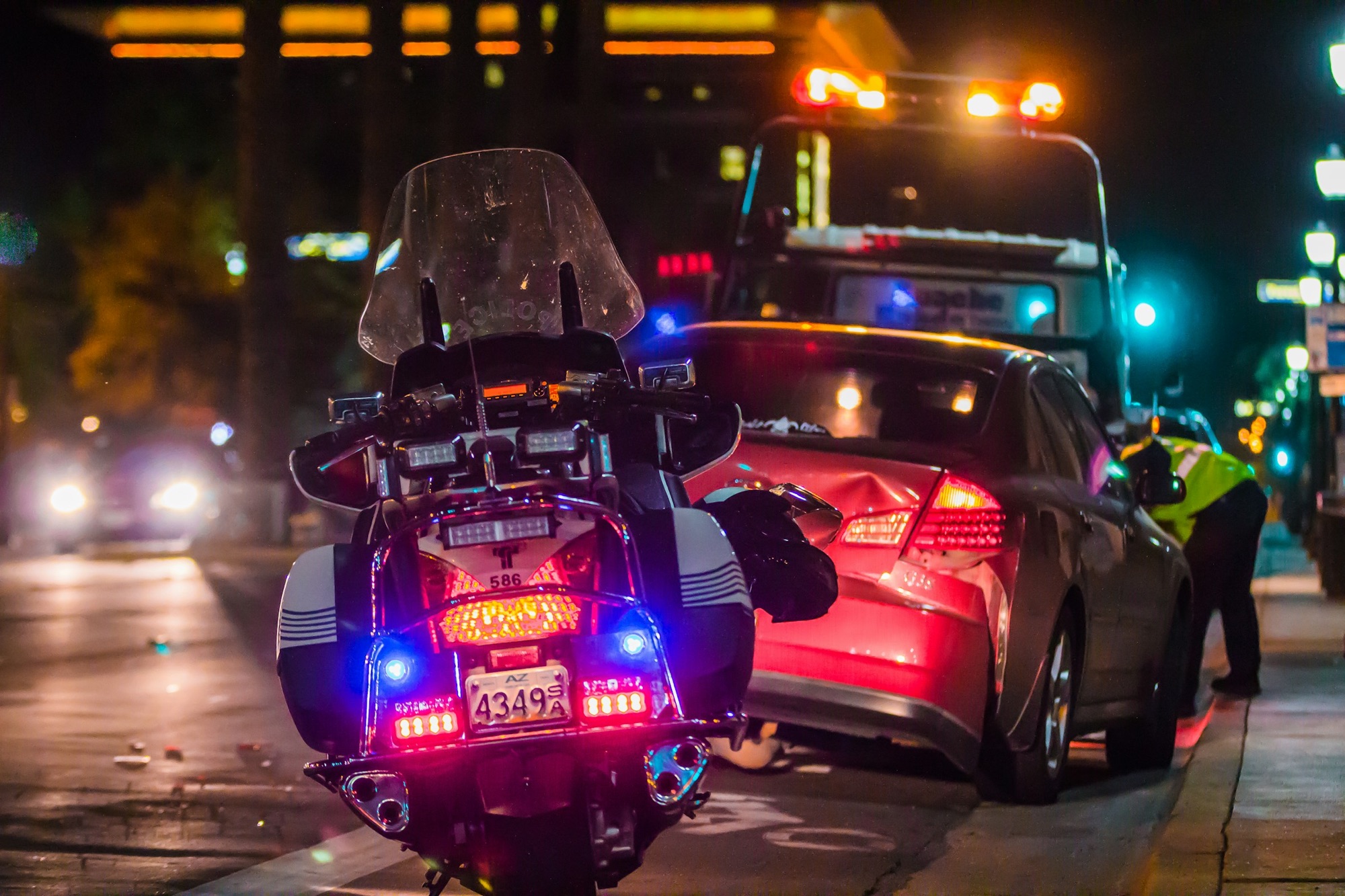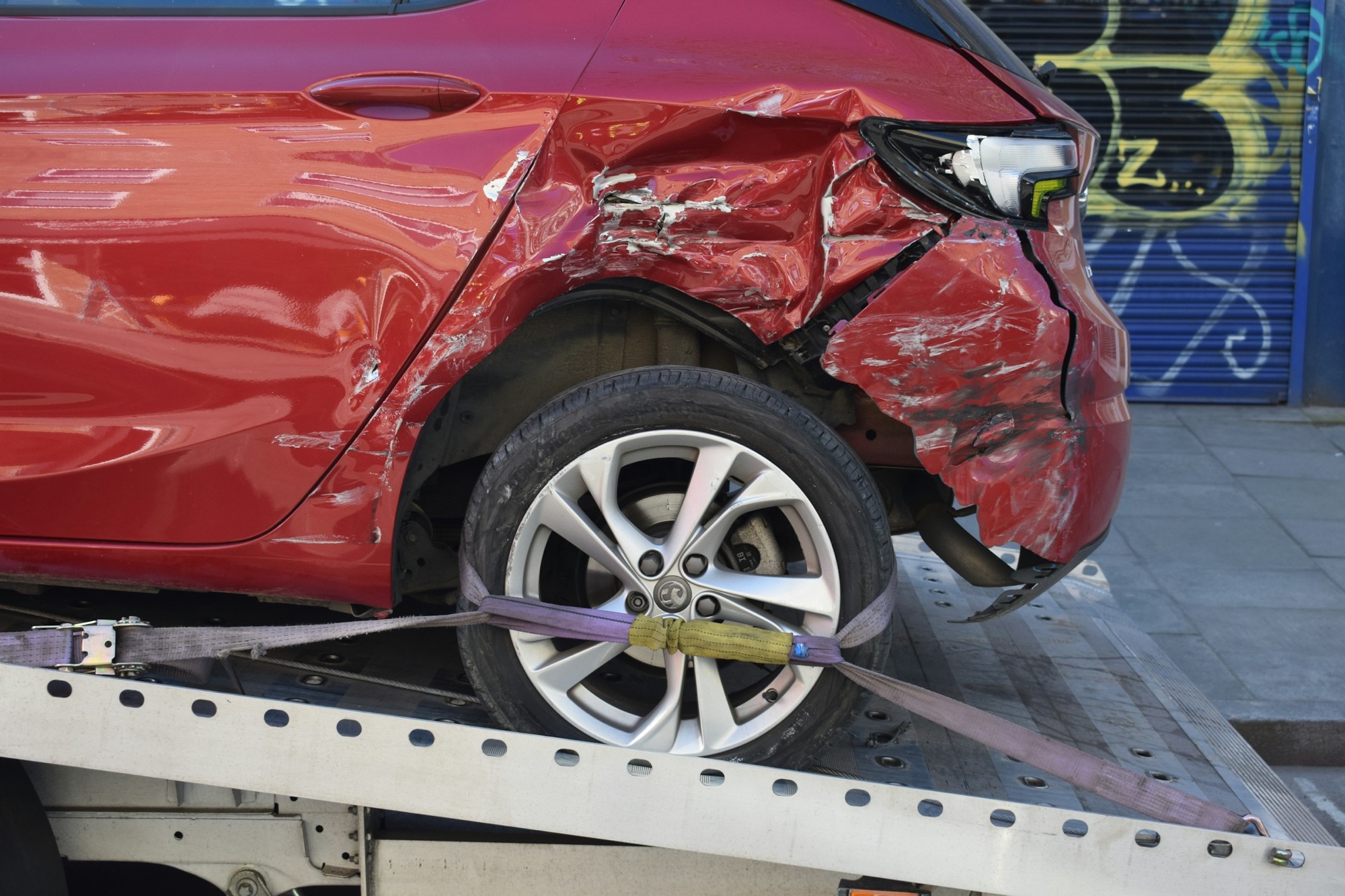Being involved in a rear-end collision can be incredibly stressful, whether you’re a new driver or you’ve been behind the wheel for years. While emotions may naturally run high in the immediate aftermath of the wreck, it’s crucial to take action to protect your health and financial wellbeing. In this article, we discuss the steps you need to take after experiencing a rear-end accident. It may be worth speaking to an experienced Houston car accident lawyer after a wreck to gain a better understanding of your legal options.

Table of Contents
Prioritize Your Safety as You Assess the Scene
Immediately following the collision, you should focus on the wellbeing of yourself, any passengers, and other people at the crash scene. If you can safely do so, move your vehicle out of the flow of traffic. This reduces the chance of other drivers striking your vehicle due to distraction or an inability to come to a stop. Whether you’re able to get to the side of the road or not, be sure to turn on your car’s hazard lights to alert other drivers of the stopped vehicle.
Next, check yourself and others for noticeable injuries. The adrenaline produced by a crash can mask the signs of even serious injuries in some cases, so you should seek medical assistance as soon as possible. Seeing an experienced doctor can help set your mind at ease, as they can catch previously undetected injuries caused by the wreck. While you’re still at the scene of the crash, document any visible injuries with photographs.
Once you’ve made sure that everyone is out of immediate danger, take stock of the damage to your vehicle. Take pictures of visible dents, scratches, structural damage, and malfunctioning electrical components. Be sure to capture the damage from various angles to give an accurate impression of the situation.
Exchanging Information After the Accident
While you’re still at the scene of the accident, it’s vital to obtain key information that can help you in an insurance claim or car accident lawsuit.
- Exchanging Info With the Other Driver: While collecting the names, addresses, and insurance information of anyone involved in the crash is crucial, consider requesting additional details if possible. If there were witnesses to the crash, ask if you can take down their contact information. You should also note the make, model, and color of other vehicle(s) involved, along with any visible damage they sustained.
- Documenting the Scene: Go beyond standard photos. Capture close-ups of specific damage to your vehicle, including license plates, dents, scratches, and malfunctioning features. If it is safe to do so, take photos of road conditions that may have contributed to the crash. Skid marks, debris, or other evidence on the road surface are worth photographing. If weather conditions are relevant, take pictures of a wet road, snow, or conditions contributing to poor visibility.
- Witness Statements: If witnesses are present, politely request their contact information. Even seemingly minor details offered by someone that saw the crash occur can strengthen your claim significantly.
Seeking Assistance and Reporting the Accident
States have different reporting requirements for car accidents, but you are generally required to report a crash that causes injuries, death, or significant property damage. In many cases, it’s best to call 911 to report the crash and get assistance even if you may not be legally obligated to do so. Explain the situation clearly to the dispatcher, providing details like the location, time, and vehicles involved. Request a copy of the official police report, as it can be useful for insurance claims and potential legal proceedings.
Navigating Insurance and Legal Processes
In the aftermath of a rear-end collision, you’ll need to report the crash to your insurance company. It’s wise to speak with a car accident attorney as soon as possible, potentially even before reporting the accident. When you speak to an insurance adjuster, provide a clear account of what happened. Avoid speculation and do not accept fault for the crash. As the claims process unfolds, cooperate with your insurance adjuster by responding promptly to requests for information and documentation.
If concerns arise about the accident’s severity, potential liability, or disagreements with your insurance company’s assessment of the case value, a lawyer’s services may be invaluable. They can review your case, advise on legal options, and advocate for your rights throughout the claims process. Speaking with a lawyer that understands the local laws on vehicle accidents and liability protects your interests and can help you reach the best possible outcome after your crash.

Moving Forward After a Rear-End Collision
No one ever wants to be involved in a rear-end accident, but we hope this article helps you respond in the moment if you find yourself in a wreck. The most important things you can do are protect your health and take steps to address the financial side of the situation. Seek medical care right away, report the accident, and call an attorney if needed. By following these steps, you work towards a smoother recovery and fair compensation for any damages you suffered in the collision.
- About the Author
- Latest Posts
Whether she is researching the latest trends in home decor, life-changing destination getaways, or the best way to maintain your finances, Dewey takes pride in leaving no stone unturned. She is passionate about distilling and delivering high-quality information that you can use to upgrade your life.

